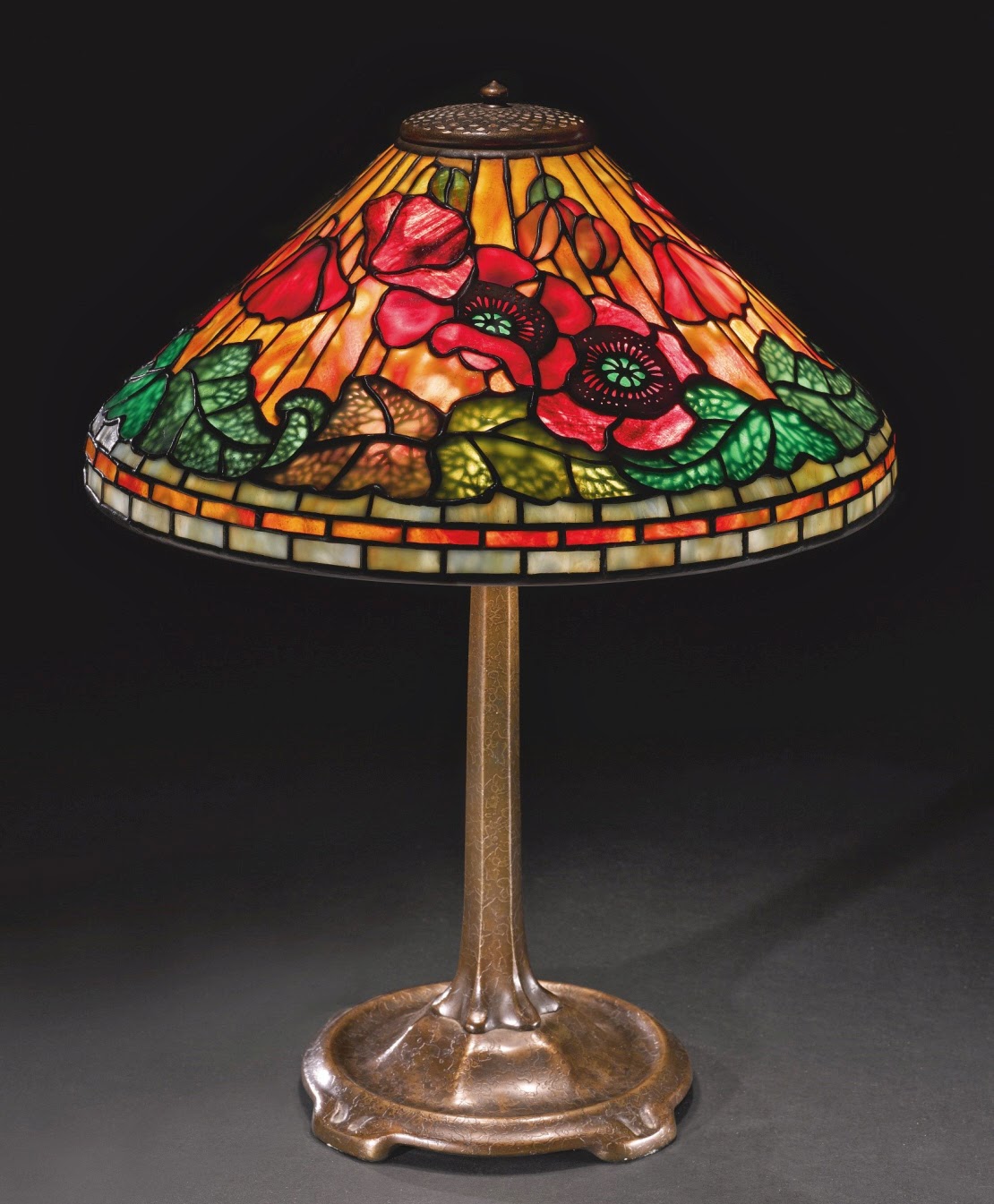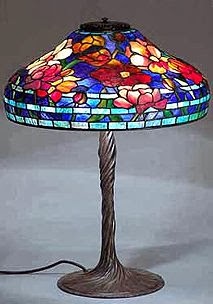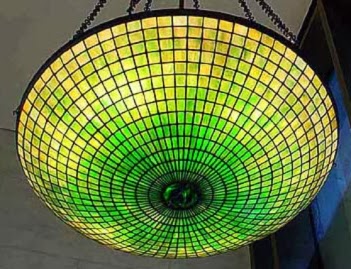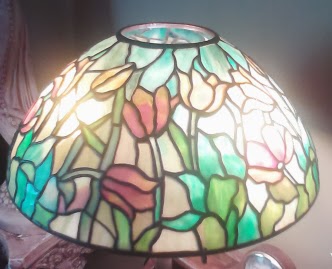Buying an authentic Tiffany lamp can be fun, expensive and also challenging. There are many antique dealers, auction houses, estate sales and other places who sell or offer what they call "authentic Tiffany lamps."
Most major, well established dealers and auction houses are honest in their efforts to be certain what they are selling is authentic, and to tell potential buyers if they are aware of any damages or restorations. There are some dealers, auction houses and private sellers however, who do not know if what they are selling is authentic or how to look for damage. This is where the buyer must be very careful.
I usually tell people if they themselves are not qualified to authenticate what they are buying or if they don't get a written, signed and dated money back guarantee from the seller, stating the Tiffany lamp is authentic or they will refund the money, they should not buy anything. There are too many good forgeries and "Tiffany style" lamps out there - signed and unsigned - to risk thousands of dollars on buying a lamp that is not "right."
Some dealers sell lamps which have had a great deal of restoration. That lowers the value, but they do not disclose that to the buyer. Some dealers sell lamps and do not have the skill to tell if what they are selling has had prior restoration. Some dealers and auctioneers sell lamps they feel are authentic which are not. They are doing the best they can, but they have not had an expert look at the lamp, so they sell it "as is" and hope for the best.
A quality reproduction Tiffany lamp can have fake markings on it. If you buy it you could own it for 5-25 years or longer before discovering you spent thousands (or tens of thousands) on an outright forgery. Examples below show nice looking lamps that are not authentic, but were represented as such, some with the proper "Tiffany marks" on the shade and the base.
A good forged Tiffany lamp can have old glass in it, a well "aged" patina on the metal parts, and even have old (even authentic, original) Tiffany Studios sockets, "heat cap" and other parts. The table lamp example below is a good forgery, with the "proper markings" on the shade and base as well.
The hanging shade below was sold to a collector for tens of thousands of dollars as an authentic Tiffany shade, and was determined to not have ever been anything Tiffany made.
To be as safe as possible these days, only buy from a well respected major auction house who has a Tiffany expert on hand and who will guarantee the lamp is authentic (unless the buyer brings in a qualified expert who can prove otherwise) or from a private dealer or broker who likewise makes the guarantee in writing - or your full money back. You can still have issues perhaps, but you are much better protected if you do not buy from an estate sale, "tag sale," an auction online which offers no guarantees, or from a private seller.
More to come...
Dennis
Email Me
Visit My Website
LinkedIn
Google+
Facebook
Phone: Toll Free (888) 663-0606 10 am - 10 pm EST Daily
Visit My Website
Google+
Phone: Toll Free (888) 663-0606 10 am - 10 pm EST Daily
















